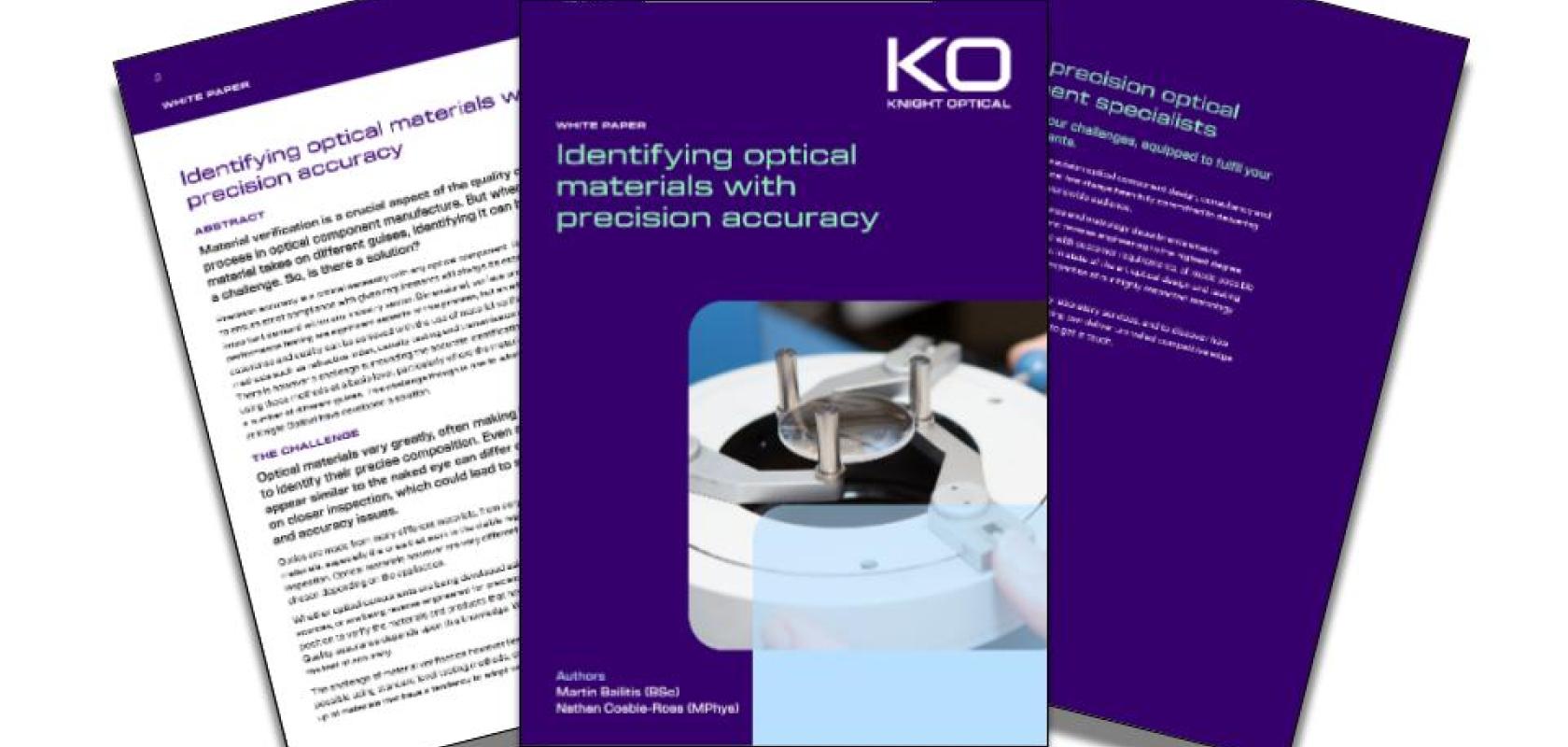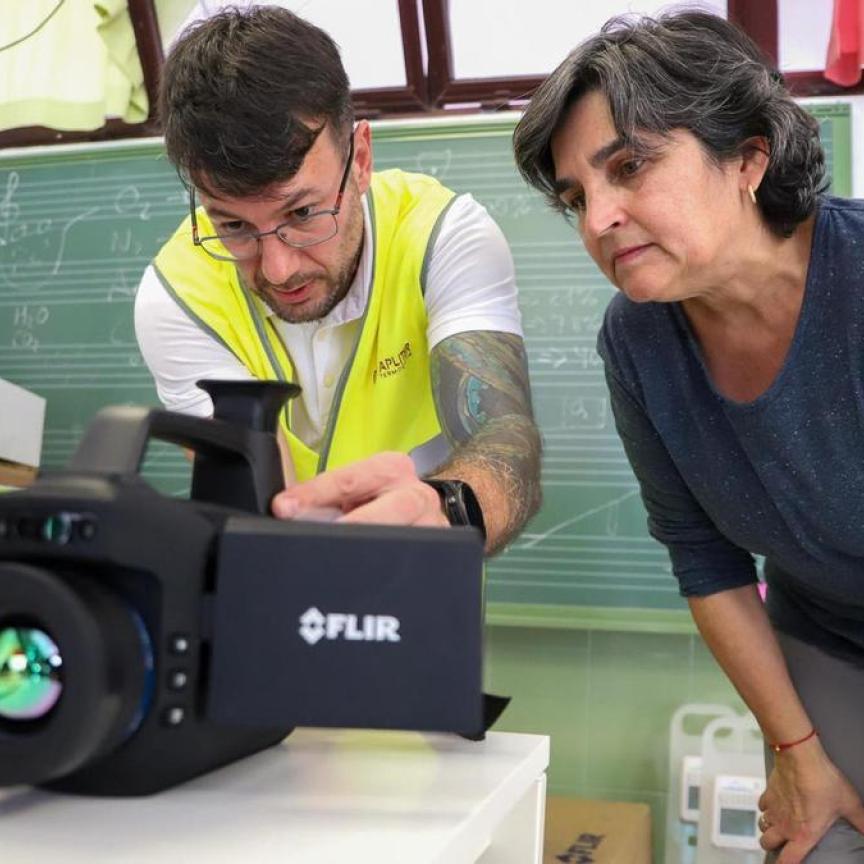How to identify optical materials with precision accuracy

How to identify optical materials with precision accuracy - A Knight Optical White Paper
Material verification is crucial when it comes to the quality control process in optical component manufacture. But, when a material takes on different guises, identifying it can become much more challenging. So, is there a solution?
Precision accuracy is a critical necessity with any optical component. Rigorous testing to ensure strict compliance with given requirements will always be essential; it is a vitally important demand within any industry sector. Dimensional, surface profiling and optical performance testing are significant aspects of this process, but an additional layer of assurance and quality can be achieved with the use of material verification, employing methods such as refractive index, density testing and transmission measurement.
There is, however, a challenge surrounding the accurate identification of optical materials using these methods at a basic level, particularly where the material in question adopts a number of different guises. This challenge though is one for which the optical specialists at Knight Optical have developed a solution.
This White Paper explores advanced techniques for precise optical material verification, overcoming the limitations of traditional testing methods.
Who should read this White Paper?
This White Paper is useful reading for optical engineers and designers to help ensure components meet the highest quality standards with superior material verification. Quality assurance and metrology experts can discover enhanced testing methods to improve compliance and performance validation. Procurement and supply chain professionals should read this to help gain confidence in material sourcing and component integrity to prevent costly mis-identifications. R&D specialists can learn about cutting-edge verification techniques to help drive innovation in optical component development.
What does this White Paper contain?
Standard verification techniques, such as refractive index, density testing, and transmission measurement, have long been relied on to determine optical material composition. However, these methods alone are not always sufficient when dealing with materials that have more subtle yet crucial differences. This White Paper explores:
- The limitations of traditional identification methods and why they may not be enough.
- The impact of material mis-identification on quality, performance, and compliance.
- New verification techniques that can take accuracy to the next level.
- Real-world applications where precision material verification has prevented failures and enhanced optical performance.
Knight Optical’s White Paper also delves into the science behind optical material verification, including:
Refractive index testing: How advanced measurement techniques can detect subtle differences in material composition.
Density analysis: A deeper look at how molecular structure influences optical properties.
Transmission characteristics: The key differentiator in material verification, explained with real-world data and spectral analysis.


